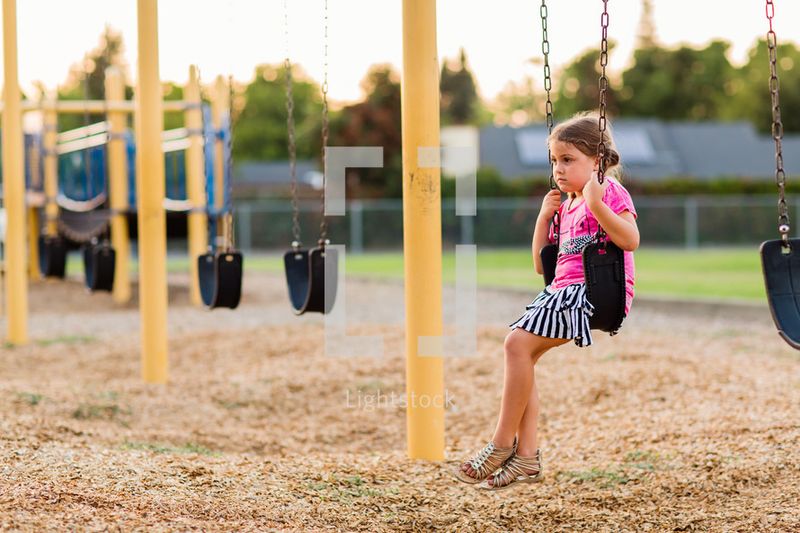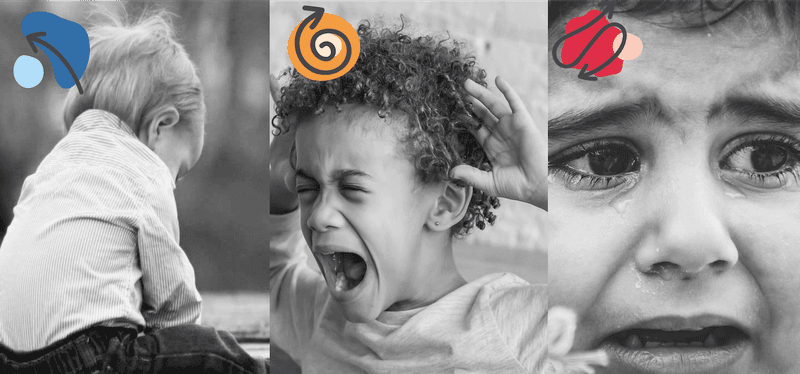Children are often seen as bundles of energy, laughter, and joy, but beneath their playful exterior, they may be silently calling out for emotional support. Unlike adults, children may not always have the words to express their feelings, leading them to send subtle signals that they need help.
As parents, caregivers, or teachers, it’s essential to recognize these signs and provide the necessary support. From changes in behavior to physical symptoms, each signal is a unique expression of their inner world. By understanding these silent cries for help, we can better support our children in their emotional development.
1. Withdrawing from Activities

When a child suddenly loses interest in activities they once enjoyed, it might be a signal that they need emotional support. Imagine a child at the playground, choosing a quiet corner over the lively swings. This withdrawal can be a protective response, a way for them to retreat into their thoughts.
Children often use their interests as an emotional outlet, and when that changes, it’s time to investigate the underlying cause. Engage them in a gentle conversation to understand their feelings. Sometimes, a little empathy can bring back their playful spirit.
2. Changes in Eating Habits

Food is more than just sustenance for children; it reflects their emotional state. Notice if your child is eating significantly more or less than usual. This fluctuation can be linked to their emotional well-being.
A child pushing away a favorite meal might be silently expressing anxiety or sadness. Conversely, overeating could be a way of seeking comfort. Approach the topic with care, ensuring that mealtime remains a stress-free zone. By being attentive, you can help them express emotions in healthier ways.
3. Sleep Disturbances

Sleep is a window into a child’s mind, and disturbances may signal emotional turmoil. If a child is experiencing nightmares or difficulty sleeping, they could be processing stress or fear.
Picture a restless child, tangled in their sheets, battling imaginary monsters. These nighttime struggles might be their way of coping with daytime anxieties. Pay attention to bedtime rituals and offer comfort through soothing bedtime stories or calming music. Encouraging a peaceful environment can help settle their restless minds.
4. Frequent Mood Swings

Mood swings in children can be as unpredictable as the weather. When a typically cheerful child becomes unusually irritable or sad, it might be time to dig deeper.
Imagine the sudden storm of emotions that sweeps through their day, from laughter to tears. These fluctuations might indicate that they’re struggling with something they can’t express. Encourage open discussions, providing a safe space for them to vent their feelings. Sometimes, all they need is someone to listen.
5. Regression to Younger Behaviors

Children may regress to younger behaviors when they feel overwhelmed or scared. A school-aged child suddenly clinging to a beloved toy or blankie may be seeking security.
This regression is a way for them to find comfort in familiar routines. It’s akin to hitting a reset button when the world becomes too big and daunting. Offer reassurance and gentle guidance, encouraging them to express their feelings in age-appropriate ways. Support their journey back to confidence.
6. Changes in Academic Performance

A sudden dip in academic performance might be a silent SOS from your child. Struggling with schoolwork can be a reflection of emotional distress.
Picture a child at their desk, pencil in hand, face scrunched in frustration. This struggle might be an indication of something deeper than just academics. Engage with teachers and provide supportive study environments at home. Understanding their emotional landscape can often unlock academic success.
7. Increased Attachment

Increased attachment can be a sign that a child is feeling insecure or anxious. A toddler suddenly glued to their parent’s side may be seeking reassurance in an unpredictable world.
Imagine their tiny hands clutching tightly, afraid to let go. This clinginess is their way of asking for support and security. Provide consistent love and attention, helping them build confidence in their surroundings. Sometimes, just being there is enough.
8. Physical Complaints Without Cause

Physical complaints without a clear medical cause can be a manifestation of emotional stress in children. A child frequently complaining of stomachaches or headaches might be processing their emotions physically.
Visualize a child clutching their tummy, even though they’re in perfect health. These aches are their way of communicating distress, translating emotions into tangible sensations. Explore their feelings and provide comfort, helping them articulate what’s troubling them.
9. Avoiding Social Interactions

Avoiding social interactions can be a strong indicator that a child needs emotional support. When a child chooses isolation over interaction, it might be a sign of anxiety or fear.
Picture a child sitting alone, observing peers from a distance, longing to join yet hesitant. This avoidance is a plea for understanding and connection. Encourage gentle social integration, providing opportunities for positive interactions. Helping them find their voice can break down barriers.

Well, hello there!
My name is Jennifer. Besides being an orthodontist, I am a mother to 3 playful boys. In this motherhood journey, I can say I will never know everything. That’s why I always strive to read a lot, and that’s why I started writing about all the smithereens I came across so that you can have everything in one place! Enjoy and stay positive; you’ve got this!

